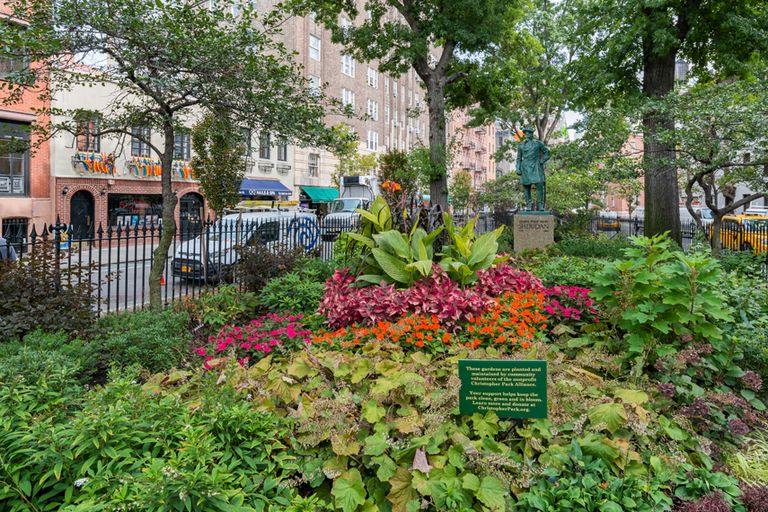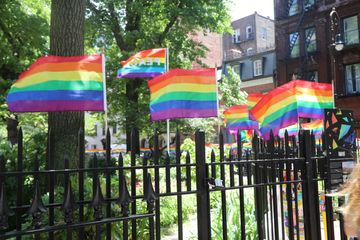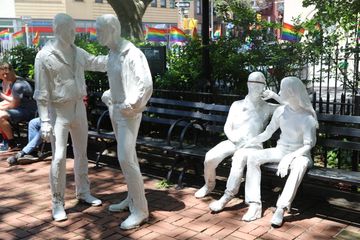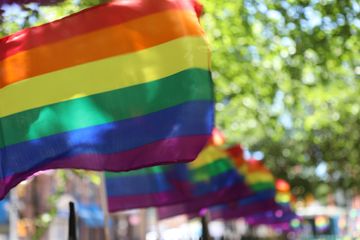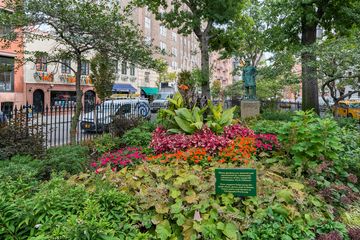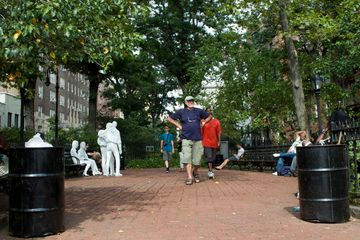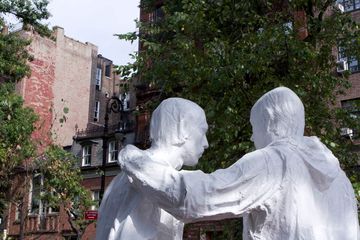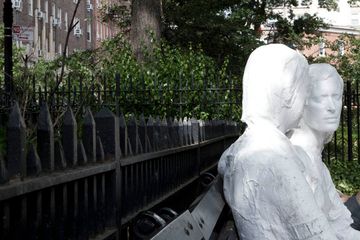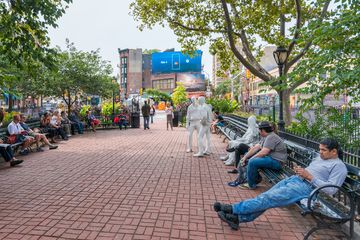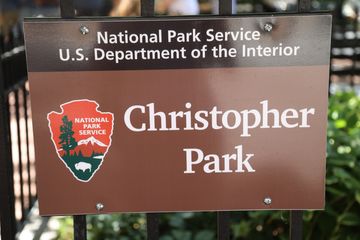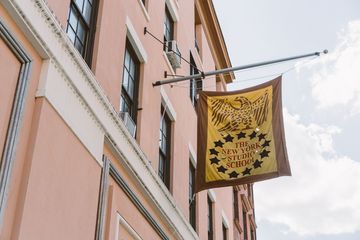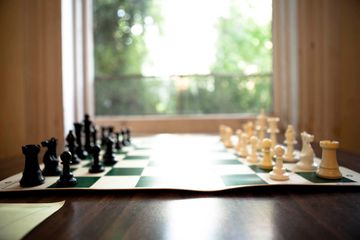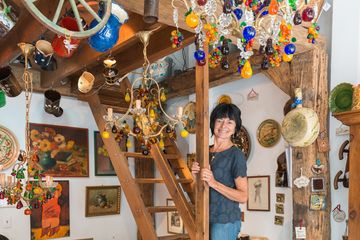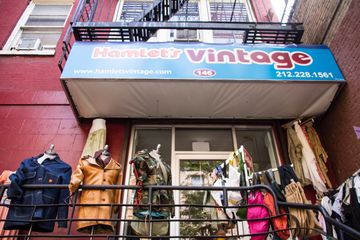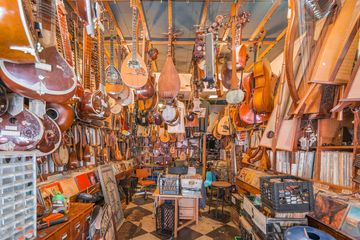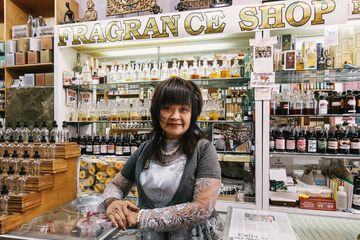Claude-Noelle Toly came to the United States in 1982 after having received her master's degree in political science. Her original goal was to improve her English, but she could not help but fall in love with Manhattan. "Much to my mother's disappointment, I became a waitress in a tiny restaurant in the Village, ” Claude-Noelle confided. It was there, one day, that she met William Nuckel. They became fast friends and together shared a dream of traveling to the South of France on a regular basis to purchase items for a French shop. Shortly afterwards, a tiny little corner space in the West Village became available... that was also affordable. In 1987, they agreed that it was the perfect location and decided to give it a try. Built in the 1800s with three levels, the building is a perfect fit for the charming French boutique that houses antiques and collectibles. From traditional pottery and earthenware to folk art and colorful crystal chandeliers, everything about the shop is enchanting - and this includes the delightful partners. Over the years, during their trips abroad, the two have discovered many talented artisans who constantly remind Claude-Noelle of French farmers. She explained that "they are in their own little world working and producing special pieces, having very little communication with the outside world. " But, she continued, "They absolutely appreciate the fact that there is a shop in Manhattan that is selling their work. " I then learned that there is nowhere else in the States that carries their pottery. For that matter, the only other place in the world that does so is in France. In addition to the new pottery for which Le Fanion is known, the store also has a limited collection of both pottery and furniture that date back to the early and mid-1700s, alongside a larger number of items from the nineteenth century. When I revisited Claude-Noelle in 2016, she was still gushing about her longevity in the West Village and how she continues to love every minute of being on her special, quiet corner. She disclosed that there are two wonderful aspects of owning Le Fanion - traveling to the south of France several times a year, where she and William are able to interact with so many fascinating people "who have unexploited lifestyles, " and returning with new inventory to share with their customers. Claude-Noelle added that she finds it "kind of funny to think that we are a genuine organic store - we only sell wood and clay. " Who knew that they were so ahead of their time in the 1980s? "Today, everyone either tries or pretends to be organic... but we were doing it before many others, " Claude Noelle commented. After a pause, she said, "Wow, thirty years later, and we are still here - How can that be? " Claude-Noelle answered her own question: "What we sell attracts people who appreciate the quality and the stories behind the pieces. And, it continues to always be a nice moment. "
